Why is this so important?
To answer this question, it’s crucial to understand certain events that took place. The following events were instrumental in creating the economic disparities we see today, and the periods in which they took place are stated in each description. These are by no means the only events that contributed to widespread inequity; they are simply two of the largest examples.
What in history are we atoning for?
To answer this question, it’s crucial to understand certain events that took place. The following events were instrumental in creating the economic disparities we see today, and the periods in which they took place are stated in each description. These are by no means the only events that contributed to widespread inequity; they are simply two of the largest examples.
40 Acres and a Mule
In the immediate aftermath of the Emancipation Proclamation, Union General William T. Sherman’s Special Field Order 15, known colloquially as “40 acres and a mule,” granted freed black Americans up to 40 acres of tillable land and in some cases an army mule to jumpstart their introduction as wage-earners to the US economy. The total designated area amounted to 400,000 acres. In addition to the more well-known land redistribution, the order also established autonomous governance for the region and provided for protection by military authorities of the settlements. Unfortunately, after the assassination of Abraham Lincoln, his successor, Andrew Johnson reversed the order in 1865 and returned the land to former confederate southerners, leaving newly freed black people with few options other than becoming sharecroppers for former slave owners (McCammon 2015). This trajectory has continued throughout contemporary American history, and black Americans experienced disenfranchisement in almost every institution.
Redlining
In the 1930s, there were a series of policies implemented that significantly impacted modern institutions of housing and the demographic distribution of wealth that ensued. While things like the New Deal generated access to housing support in the US, similar legislation like the G.I bill didn’t allow black veterans to access all the educational resources afforded to white veterans. Similarly, the Federal Housing Administration (FHA) instituted the practice of redlining in combination with New Deal government subsidies and grant programs for mortgage financing (Katznelson 2005). The Homeowners Loan Corporation, FHA, and Veterans Administration used maps of metropolitan areas and color-coded them based on where it was considered safe to ensure. All sections where black Americans lived – or were proximate to – were considered too risky to issue mortgage loans (Rothstein 2018).
In his 2017 book The Color of Law, Richard Rothstein details both the history behind the laws and the ramifications on future racial wealth inequity. Essentially, these practices were justified because if black Americans were able to buy property in or near white suburbs, the value of those properties would decline. In actuality, however, this logic was empirically inaccurate. Black people were willing to pay more for properties because their housing options were already so limited. However, The Underwriting Manual of the FHA decreed that “incompatible racial groups should not be permitted to live in the same communities” and African Americans couldn’t get loans. In one particular example involving Detroit, the FHA wouldn’t proceed with lending until developers constructed a 6-foot-high cement wall separating the development from a nearby black neighborhood. Even black potential property buyers with the credit to afford loans were barred from purchasing a property in developing suburbs (Rothstein 2018). These policies lasted from the 1930s until the late 1960’s when the 1968 Fair Housing Act was passed that finally prohibited the policy (U.S. Department of Housing and Urban Development). By then, however, while technically legally allowed to purchase property in predominantly white suburbs, the property values in those neighborhoods had increased so much that they were no longer affordable to black homeowners with less valuable equity in their current properties. White Americans have been able to build equity in those properties that could be used to fund everything from college tuitions to entrepreneurial pursuits. In the Color of Law Rothstein estimates that the houses in question are currently estimated at values between $300,000 and $400,000 (Rothstein 2018).




